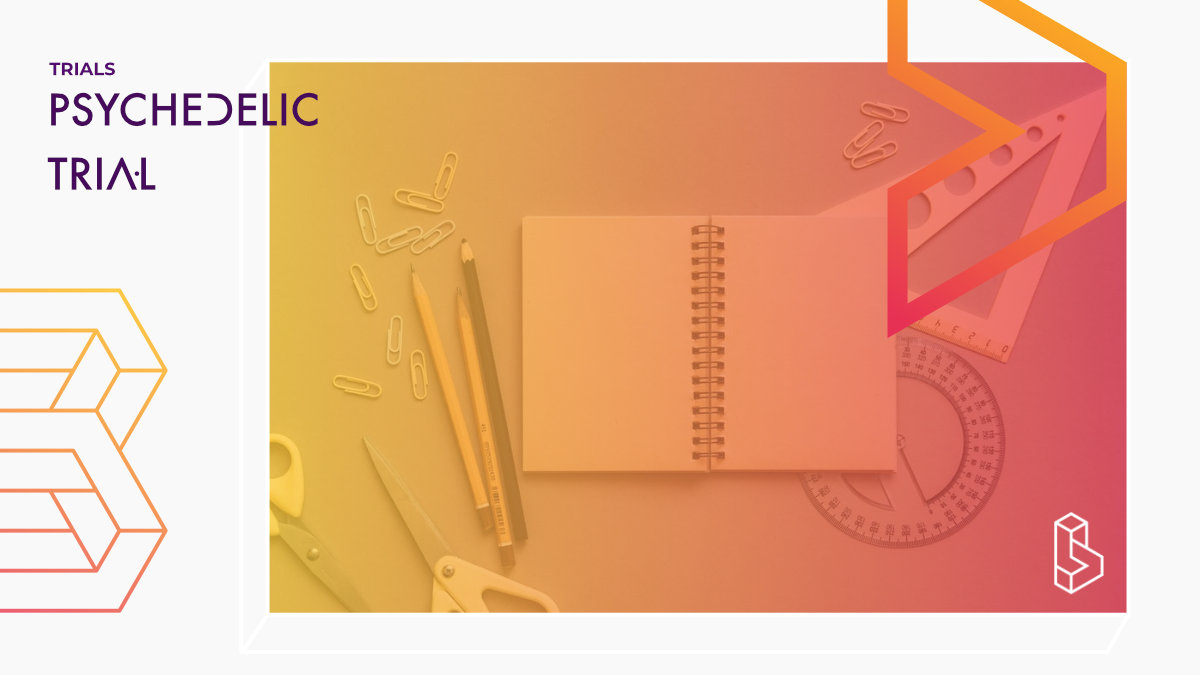This study aims to assess the efficacy and safety of intranasal esketamine as maintenance antidepressant therapy in patients who have demonstrated clinical improvement with off-label intravenous racemic ketamine for treatment-resistant depression.
Compound Ketamine
Country United States of America
Visit trial
Trial Details
Trial Number
Sponsors & Collaborators
Psych AtlantaThis company doesn't have a full profile yet, it is linked to a clinical trial.
Measures Used
Montgomery-Asberg Depression Rating ScaleA ten-item diagnostic questionnaire used to measure the severity of depressive symptoms in patients with mood disorders.
Clinical Global Impression - Improvement Scale
The Clinical Global Impression - Improvement Scale (CGI-I) is a standardized assessment scale for determining the effects of mental health treatment among psychiatric patients.

